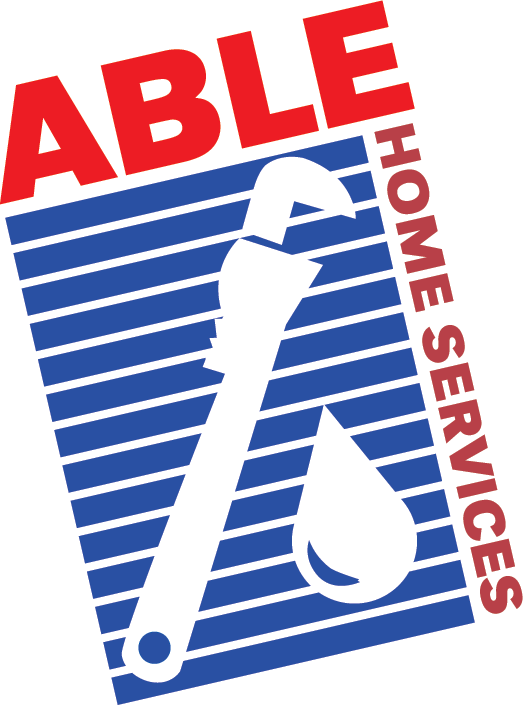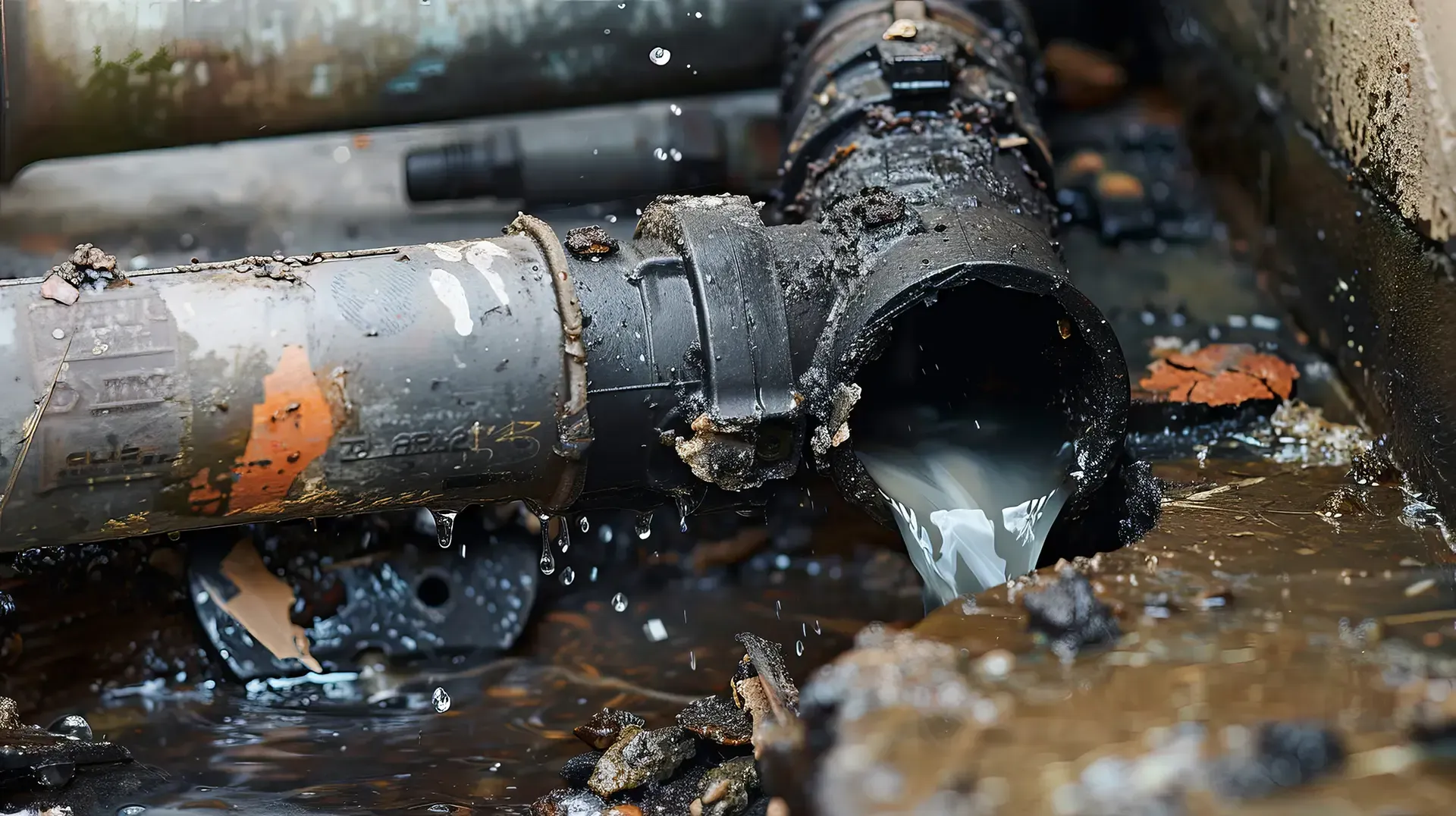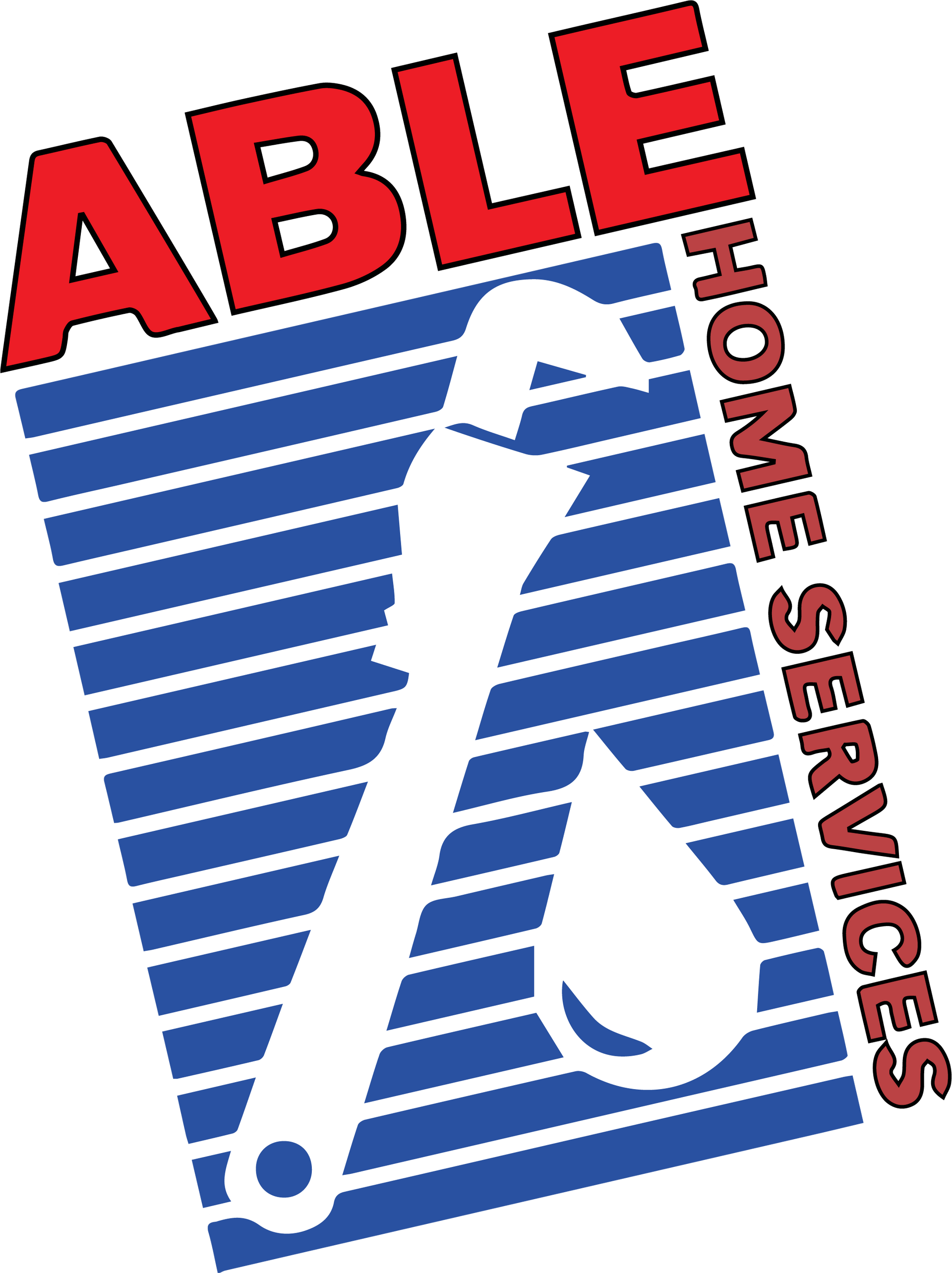
You'll Be Glad You Called Us First!
Sewers and Drains
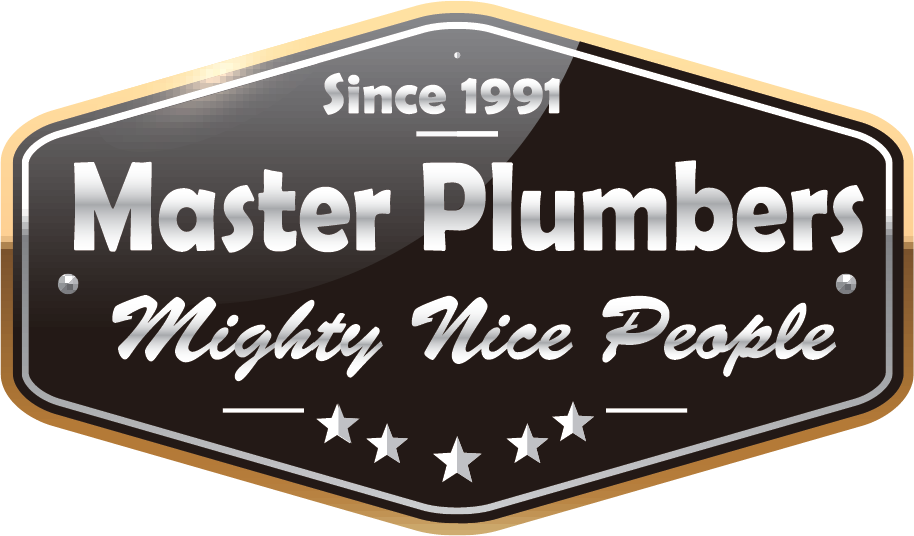
Get the Service You Want and Need!
For Dependable and On-Time Service, You can Trust in Able Home Services
Your neighbors say it best! Just look at our reviews.
We keep your drains flowing.
Your Health, Safety, & Enjoyment depend upon drains that carry waste water away. We keep those drains flowing cleanly.
You've found the best team of professional plumbers to solve every drain issue you might have. Follow the quick links here to learn about our full scope of plumbing services related to drains and sewers and get answers and help for your situation. Then Click or Call, we're here to help, just as we've been the #1 local trusted plumbers for over 30 years!
Quick Category Links
Sewer Camera Inspection Services by Able Plumbing: Do I need to dig up my drain lines to see why they keep backing up?
ABLE's state-of-the-art equipment allows us to inspect your pipes with only having access through a normal clean-out access point. We're more than happy to include you in the whole process so that you get the full picture of your sewer piping system.
We can even locate the path of the piping, the depth of the piping, and the location of any issues. This allows us to provide guaranteed solutions with guaranteed pricing so that you understand your choices and have no worries about how much solutions will cost. You make the best, fully informed choice for yourself and then we get it done! No surprises, no hassles, just clean and complete solutions.
Click or Call now and we'll get an amazing inspection professional to your home when it's convenient for you.
Let's Get To Know More About the Differences Between Sewer Lines and Drain Lines
Drain Lines: The Initial Pathway
Drain lines are the components of the plumbing system that are directly connected to various fixtures within a property, such as sinks, toilets, bathtubs, and showers. These pipes are responsible for carrying water and waste away from these fixtures and into the broader plumbing system. Each fixture has its own drain line, which then converges into larger pipes. The primary function of drain lines is to transport wastewater from the point of origin (the fixture) to the sewer line or septic system without direct exposure to the external environment.
Sewer Lines: The Main Conduit
Sewer lines, on the other hand, are the larger pipes that collect wastewater from the various drain lines of a building and transport it to municipal sewer systems or private septic tanks. Located underground, sewer lines serve as the main conduit for all the wastewater generated by a property, ensuring it is efficiently and safely removed from the premises. Sewer lines play a critical role in public sanitation and health by preventing the accumulation of wastewater, which could lead to contamination and disease.
Identifying Sewer Leaks
Sewer leaks occur when wastewater escapes from the main sewer lines or lateral connections due to cracks, breaks, or joint failures. These issues can arise from various causes, including ground movement, root intrusion, aging infrastructure, or corrosion. Unlike leaks in water lines, sewer leaks release contaminated water, making early detection and resolution crucial. Warning signs may include unexplained odors, lush patches of grass, or the sound of running water under the property.
How Do I Identify If I Have a Sewer Leak?
Due to the complexity and potential hazards associated with sewer leaks, professional assessment and repair are highly recommended. Specialists in this field utilize advanced diagnostic tools, such as video inspection, to accurately locate and assess the severity of leaks. Professional plumbers can then provide effective solutions, ranging from trenchless sewer replacement to pipe section replacement to a spot repair, depending on the extent of the damage and the cause(s).
Causes of Sewer Line Failure
Several factors can contribute to the failure of sewer lines, including:
- Age and Condition of Material(s)- Older pipes made from clay, cast iron, or other materials susceptible to degradation over time can deteriorate over time, leading to failure(s).
- Tree Root Intrusion(s)- Tree roots seek moisture and can invade sewer lines, causing blockages or physical damage that compromises the pipe's integrity.
- Ground Movement- Earthquakes, soil settling, or heavy construction nearby can shift the ground, breaking or dislodging sewer pipes.
- Poor Maintenance- Lack of regular cleaning and inspection can lead to severe clogs or build-up, increasing the risk of pipe degradation, damage and even collapse under pressure.
Consequences of Sewer Line Failure:
- Environmental Contamination: Leakage of untreated wastewater into the soil and waterways can cause significant environmental damage and contaminate the water table.
- Health Risks: Exposure to sewage or consumption of contaminated water can pose serious health risks to humans and animals due to harmful bacteria and pathogens.
- Property Damage: Unaddressed sewer line failures can lead to water damage, foundation issues, and other structural problems in and around the property, costing much more than replacing the damaged or failed sewer line.
How Trenchless Pipe Replacement Works
Trenchless sewer line replacement utilizes state-of-the-art technology to fix sewer lateral lines by eliminating the need for digging up long sections of property. The process generally involves the following steps:
- Inspection: The first step is conducting a thorough camera inspection of the sewer line to identify the location and extent of the damage. This inspection provides precise diagnostics without any guesswork.
- Access Points: Two access points are created at either end of the section being replaced. These points serve as entry and exit for the pipe and equipment, minimizing the disturbance to the surrounding landscape.
- HDPE: The replacement pipe is usually SDR-17 HDPE pipe that will be fused together, creating a more secure and smooth single length of pipe that will replace the existing pipe. This method gives tree roots no room to find an entry point along the length of the pipe.
- Pulling the Pipe: The new pipe is then attached to a bursting head that will cut through and displace the existing pipe, pulling the new pipe through it to replace the old pipe.
- Alternative: Lining is alternative to the pipe bursting method of trenchless pipe replacement. It is a Cured-in-Place Pipe (CIPP) lining- a flexible, resin-coated liner is inserted into the damaged pipe. Once in position, the liner is inflated to press against the pipe walls. The resin is then cured, often using heat or UV light, forming a solid, durable new pipe within the old one. This new pipe is highly resistant to leaks, cracks, tree root intrusion, and other common pipe failures.
- Testing: Once the replacement is finished, the new sewer line will be tested for flow to make sure that the fixtures of the property will now efficiently remove wastewater to the adjoining City Sewer System or Septic System.
- Final Inspection: A final camera inspection is conducted to ensure the repair has been successfully completed, with the new pipe fully functional and securely in place. In a lot of cases, especially when connecting directly to the City Sewer Main, there will also be a local inspector from the City to finalize the inspection process to ensure all work was completed to standard safety codes.
Traditional Sewer Line Replacement
When it comes to sewer line replacement or repair, traditional excavating involves a lot of physical labor and more time than a replacement system like trenchless. But sometimes it is what is necessary if the situation makes sense. This method has been the standard for thousands of years, known for its straightforward approach to accessing and replacing sewer pipes.
- Advantages:
- Accessibility: Trenching provides direct access to the sewer line, making it easier to identify and address issues.
- Cost: Initial costs can be lower than trenchless methods, primarily if the site is easily accessible and does not require extensive landscape restoration nor having to excavate in the City Street system.
- Considerations:
- Disruption: The process can be highly invasive to the landscaping, driveways, and other surface structures.
- Time and Labor: Trenching projects can be time-consuming and labor-intensive, often requiring more than a day to complete.
- Restoration Costs: The cost of restoring the excavated area can be substantial if it was previously a manicured landscaping.
Understanding Septic Tank Abandonment
The process of septic tank abandonment is more complex than simply ceasing to use it. It involves ensuring that the tank and associated components are properly handled to avoid soil contamination, groundwater pollution, or subsidence that could endanger public safety or damage property.
Key Steps in Septic Tank Abandonment
- Pumping and Cleaning: The first step is to have the septic tank pumped and cleaned by a licensed professional. This removes all sewage and sludge from the tank, mitigating the risk of contamination during the abandonment process.
- Permitting and Notification: Many local health departments or environmental agencies require notification and/or a permit for septic tank abandonment. This ensures that the process is overseen by appropriate authorities and that all environmental and safety standards are met.
- Filling or Removal: Depending on local regulations and the condition of the tank, abandonment may involve either filling the tank with an inert material, such as sand or gravel, or removing the tank entirely. Filling the tank prevents it from collapsing and creating a sinkhole, while removal may be necessary if the tank is near a water body or in a condition that could lead to contamination.
- Site Restoration: After the tank is filled or removed, the area should be restored. This might involve soil compaction, landscaping, or other measures to return the site to its natural or intended use, ensuring that there are no hazards left behind.
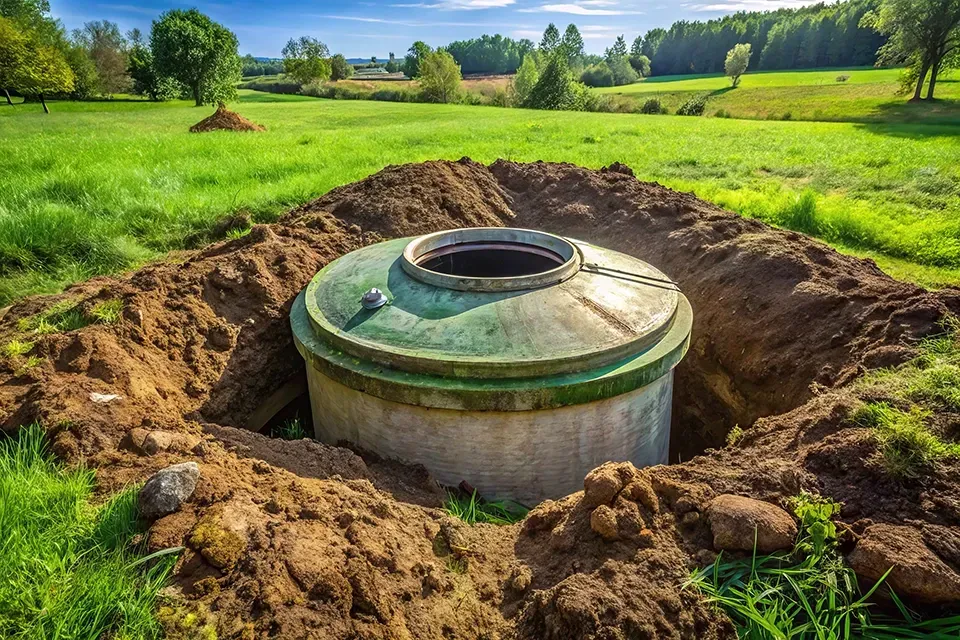
How Sump Pumps Work
A sump pump is typically installed in the lowest part of a basement or crawlspace, in a specially constructed sump pit. Water flows into the pit through drains or by natural water migration through the soil. The pump's primary function is to pump this water out of the pit and away from the home’s foundation, thereby keeping the basement or crawlspace dry and protected from potential water damage.
Types of Sump Pumps
There are two main types of sump pumps:
- Submersible Pumps: These units are installed inside the sump pit and are designed to operate underwater. They are generally more powerful and quieter than pedestal pumps, making them a popular choice for residential use.
- Pedestal Pumps: These pumps have a motor mounted above the sump pit, with a long vertical float switch. They are typically easier to maintain because the pump motor is not submerged in water, but they may be more obtrusive than submersible types.
Key Features to Consider
- Automatic vs. Manual Operation: Most sump pumps are automatic, equipped with a float switch that triggers the pump when the water level rises. Manual pumps, while less common, can be useful in specific applications but require manual activation.
- Battery Backup: Power outages often accompany heavy storms, which is precisely when you need your sump pump the most. A battery backup system can keep the pump running during outages, providing uninterrupted protection.
- Capacity and Head Pressure: The pump’s capacity (measured in gallons per minute or hour) and the head pressure (the height the pump can lift water) are critical specifications to match with your home’s requirements.
Functionality of Sewage Ejection Pumps
Sewage ejection pumps are designed to handle and transport waste and wastewater from lower-level sources like bathrooms, laundry rooms, and kitchens located below the grade of the main sewer or septic line. These pumps collect sewage in a holding tank, and once the waste level reaches a certain point, the pump is activated, ejecting the contents to the sewer line or septic system. This process is crucial for preventing backflows and maintaining a clean, odor-free environment in areas susceptible to drainage issues.
Key Components and Operation
- Holding Tank: Also known as a basin or sump, the holding tank is where wastewater from various drains collects. It's typically buried underground and made from heavy-duty materials to withstand the corrosive nature of sewage.
- Pump and Motor: The pump, powered by an electric motor, is the heart of the system. It’s responsible for moving the collected sewage out of the tank and towards the sewer or septic system.
- Float Switch: This component triggers the pump to turn on when the wastewater reaches a pre-set level and turns it off once the pumping is complete, ensuring automatic operation.
Importance of Sewage Ejection Pumps
- Hygiene and Health: By efficiently removing waste, sewage ejection pumps prevent the buildup of sewage in living spaces, reducing the risk of health issues and unpleasant odors.
- Property Value: Proper waste management systems, including effective sewage ejection, are crucial for maintaining and even increasing property value.
- Versatility: These pumps allow for the addition of bathrooms, kitchens, or laundry rooms in areas not serviced by gravity-fed sewer lines, enhancing the usability and convenience of a property.
The Importance of relying upon ABLE Plumbing for Professional RootX Application:
- Expert Diagnosis: RootX is a great option in some situations, but not in others. As with all chemicals, it's important to fully understand the chemical and the entire situation to determine when it's the right solution - that's what ABLE's vast experience provides for you.
- Safety: Properly handled and applied, RootX is safe for your family and your home and the environment. ABLE takes care to follow all the necessary safety protocols to provide protection that you can trust.
- Comprehensive Solutions: As noted, RootX is one of many tools that Able Technicians can draw upon to keep your drains flowing. The best plumber, with the best plumbing tools is a great combination - having them served to you by really nice people who care is the ABLE way that we make lives better every day.
The Master Plumbers at Able Plumbing are trained to the highest standards, friendly, courteous, and most of all, committed to keeping your home, facility, or business in great repair and safe. We are fully licensed, bonded, and insured. We offer a great service guarantee and convenient hours for all your plumbing needs!!
Plumbing Services
Have a question or comment? Let us know.
Telephone:
Email us:
Home Office:
551 Country Drive Ste 150
Chico, CA 95928
Contractors License:
CA License #627760 Bonded and Insured
Have a question or comment? Let us know.
Telephone:
Email us:
Home Office:
551 Country Drive Ste 150
Chico, CA 95928
Contractors License:
CA License #627760 Bonded and Insured
Able Home Services
Privacy & Terms
